Do you ever wish you could live up in the treetops? Imagine lounging on branches like a smiley sloth, or being a baby koala hanging on to a parent like a backpack as they climb up the trees!
Species that live in trees are called arboreal animals. They’ve evolved in ways that helped them adapt to life above the ground. Some arboreal animals have long, strong, prehensile tails that help them grip branches. Others like to climb and cling on with their curved claws or sticky feet. Some have funky features that might surprise you!
Check out this list of our favorite tree-dwelling animals around the world!
Kinkajou

You might not have heard of a kinkajou, but you definitely know their cousins… These South American fruit-lovers are actually related to raccoons! Like many others on this list, they have a prehensile tail, and their little feet help them grip and pivot their way around up in the trees.
Bearcat

Bearcats look exactly like you’d expect: kind of like a bear, kind of like a cat… but they’re neither! These mammals can be spotted in tropical rainforests across Southeast Asia. Like many other tree dwellers, they have strong prehensile tails that help them climb. The coolest part about bearcats? They’re known for smelling just like BUTTERED POPCORN!
Silky anteater
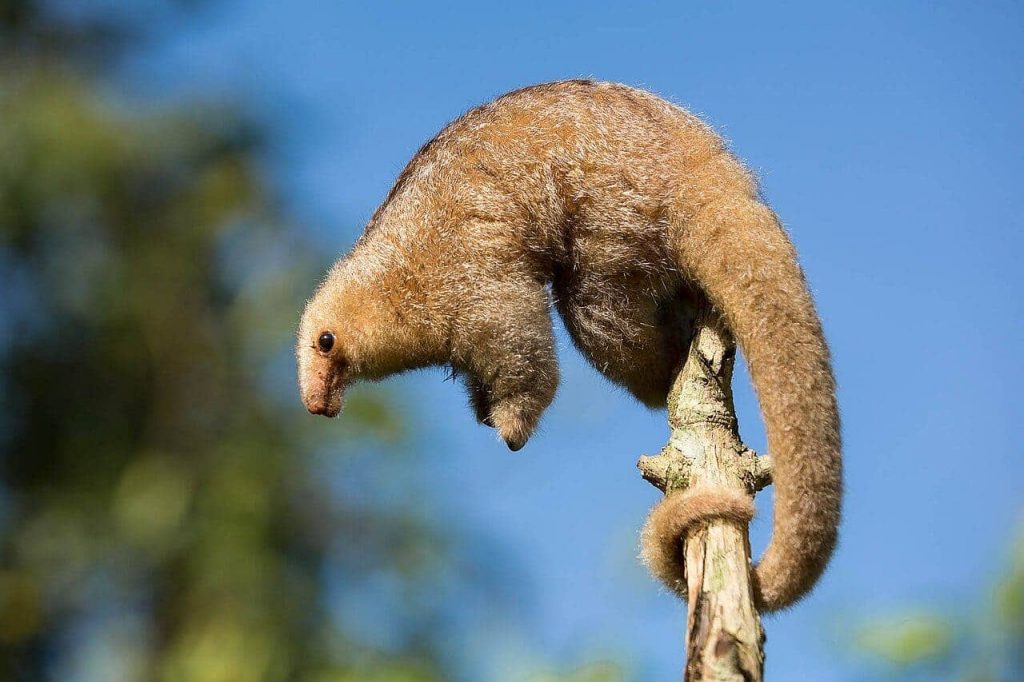
Don’t let the name fool you—this kind of anteater spends all its time up in the trees! Silky anteaters have long, curved claws, that help them climb trees. Once they’re up there, they use their prehensile tails to move from tree to tree.
Skywalker Gibbon
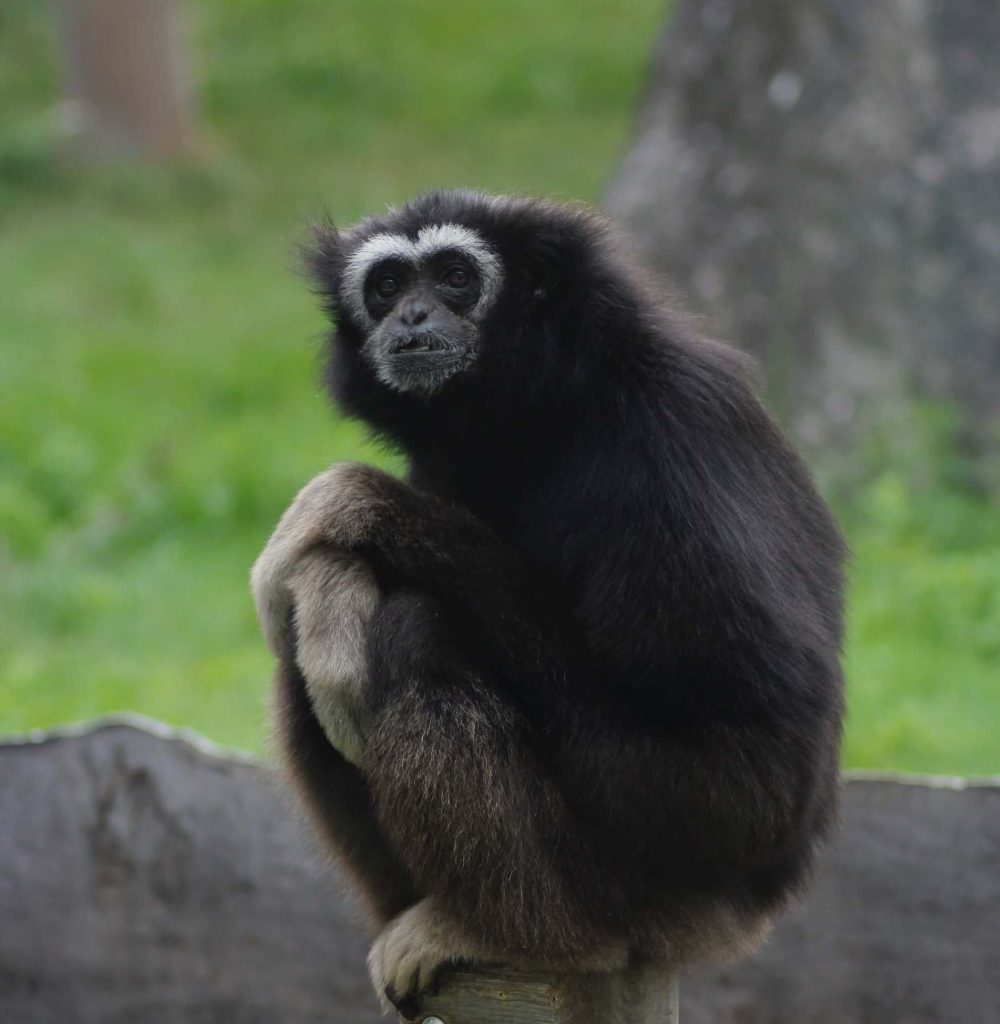
Hm…now, where have we heard that name before? These guys were discovered in 2017 by some Star Wars-loving biologists. While these gibbons might not be related to Luke or Anakin (as far as we know), they are still super cute. They live in China and Myanmar, and love sleeping on skinny branches way up in the tree tops.
Fun fact: Skywalker gibbons have something in common with… roosters?! Yup! When they wake up at dawn, they perform a loud song. These songs can last an average of 22.5 minutes!
Greater glider
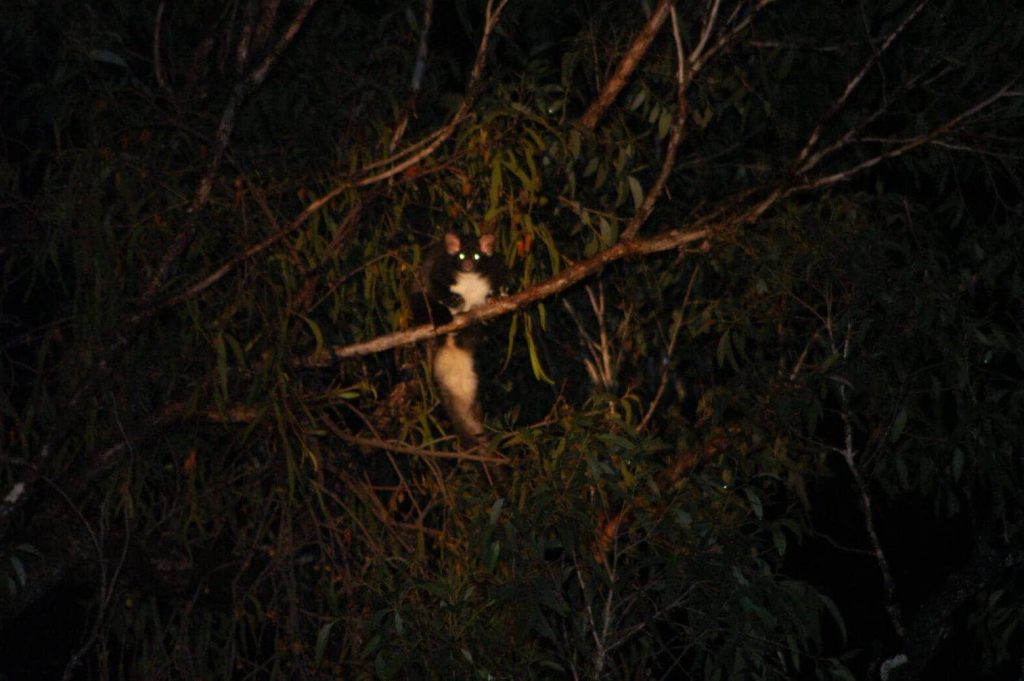
Greater gliders are marsupials from Australia. They have big, floppy ears and a long, bushy tail. To help them “glide” from tree to tree, they have a special layer of skin that stretches from their elbows all the way down to their ankles—kind of like a built-in parachute!
Bark beetle
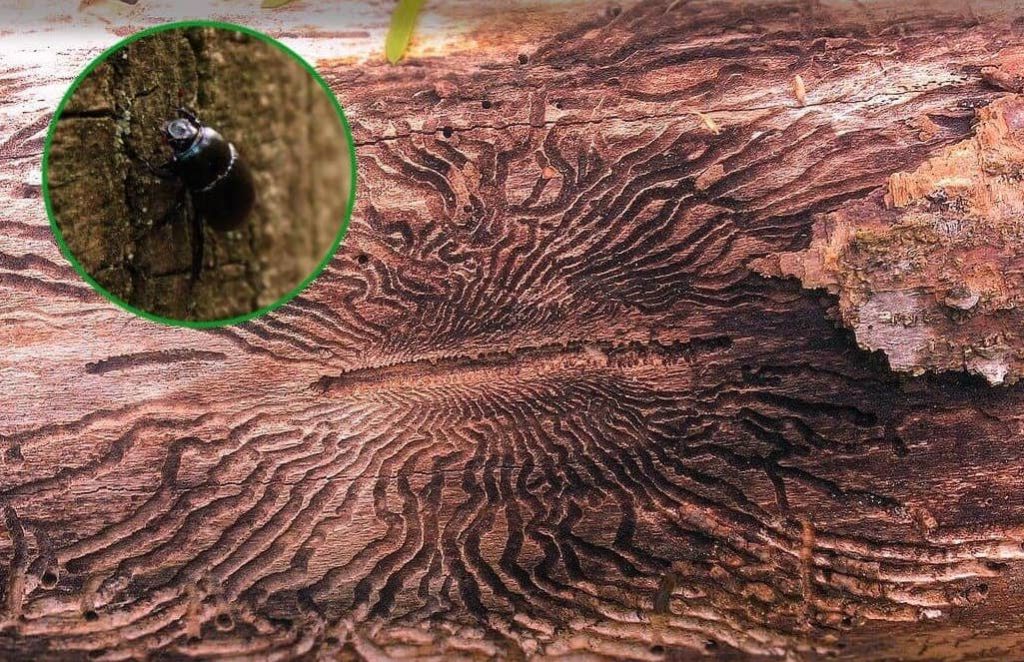
These beetles are a very important part of their ecosystem because they help renew forests. Often found in dying trees, they spend most of their life there just below the bark. They chew through the outer layer of bark, digging and eating their way to a place where they can lay eggs. The larvae and pupae remain in the tree, moving to different “chambers” along the tunnels as they grow.
Have you ever seen an old or dying tree with a bunch of squiggles all over? Those squiggles are leftovers of the tunnels these critters like to make!
Flying dragon
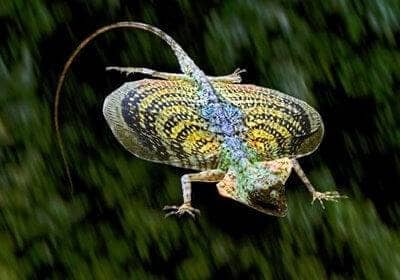
These little ones, also called “Dracos”, spend almost ALL their time in the trees. In fact, the only times you’ll spot one on the ground of their tropical forest habitat is to lay eggs—even after the eggs hatch, the first thing the babies do is climb right up.
These lizards have expert guiding skills. A special membrane supported by extra-long ribs opens up to help them travel. Even though adults are only 20 cm long (including the tail!), they can travel up to 60 m in one glide—that’s about half a football field!
Tree Kangaroo
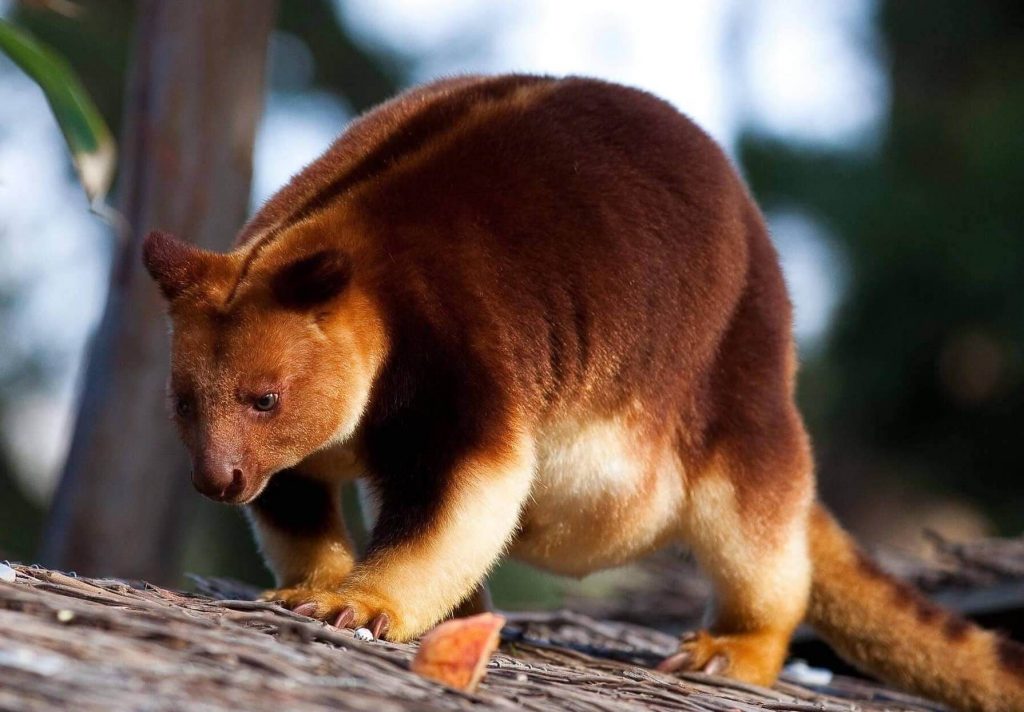
Tree kangaroos are kangaroos that…you guessed it…live in trees. To adapt to arboreal life, these marsupials have much stronger arms, shorter legs, and a different kind of long tail than their land-based cousins. Their sticky paws help them grip trees as they climb. They like to snack on leaves but they’re known for munching on plenty of fruits and flowers, too!
Emerald Tree Boa
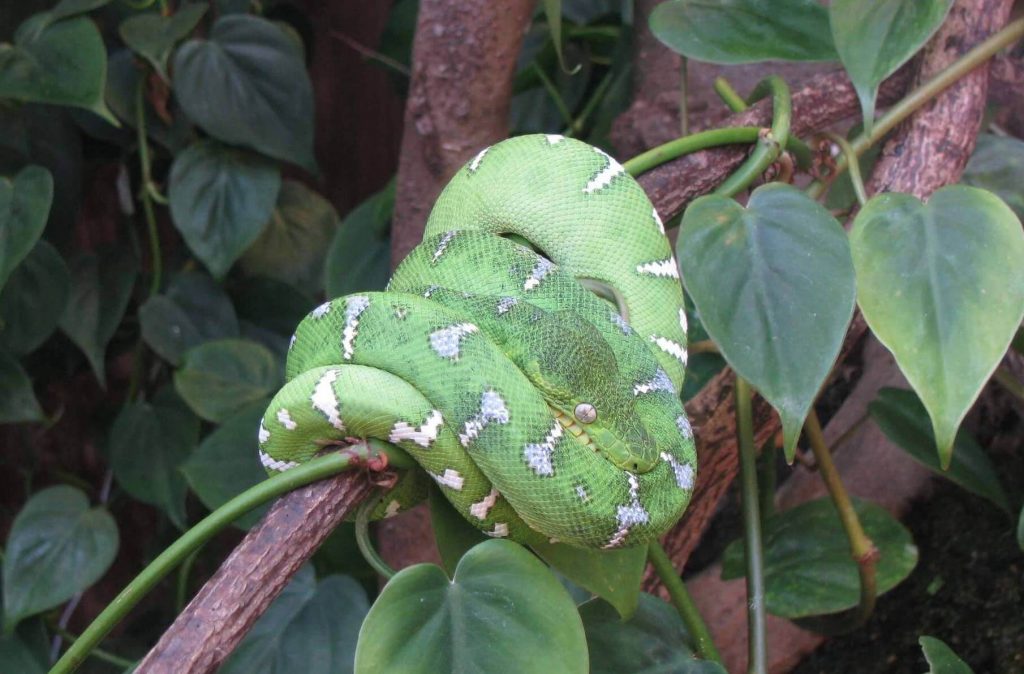
Arms and legs are super important for arboreal animals… but what happens if you don’t have either? Just ask the emerald tree boa. Size and strength are what help these guys the most! Growing up to 3 m long, they wrap their bodies tightly around the tree as they slither up high.
To catch prey, these nocturnal snakes hang from a branch with their head near the ground, waiting patiently to catch their next meal!
Tree frog
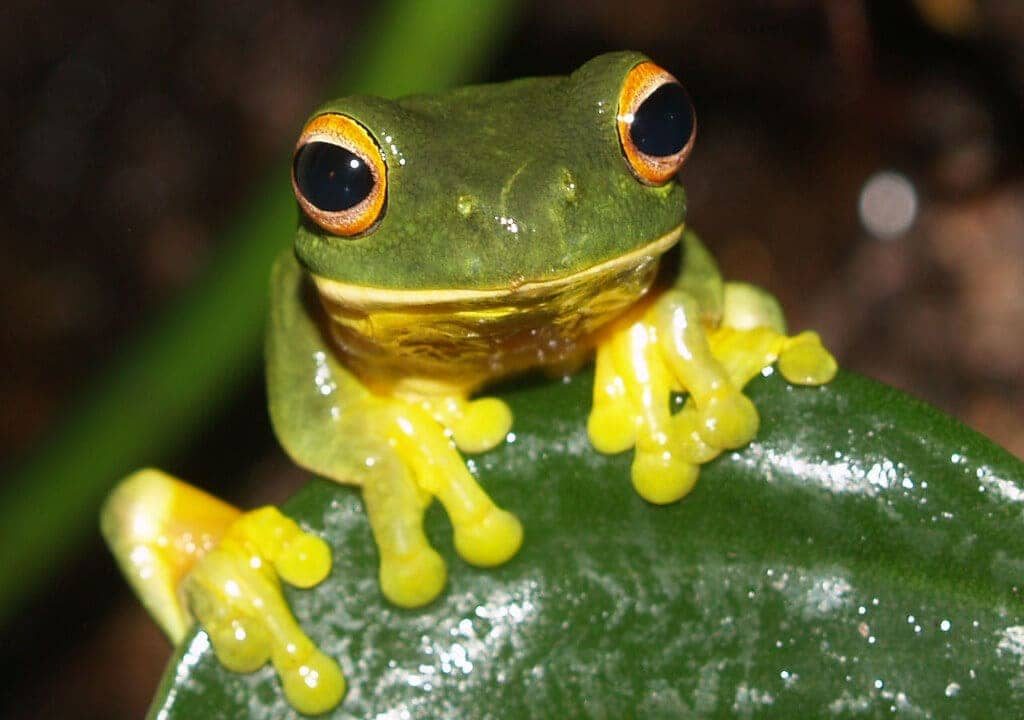
We love tree frogs so much, we put one on our logo! There are many kinds of tree frogs, but they all have some common traits. They’re known for having a slender body, big round eyes, long fingers and toes with round tips, and sometimes, bright colors! These tiny creatures use the suction on their digits to get a strong grip as they move around.
Can you think of any other animals that live in trees?


Flying dragon
MMMM………
Owwwwwlllllllsssss!
Flying dragon